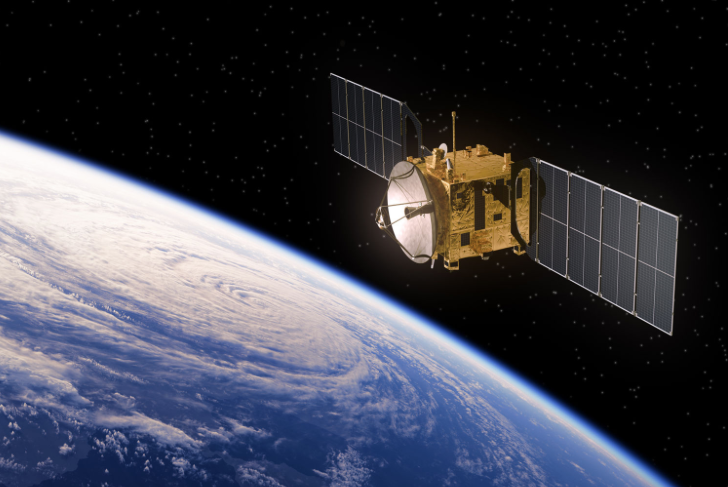
While nearly everyone else will have their eyes focused up in the air during Monday’s eclipse, scientists with the National Oceanic Atmospheric Administration (NOAA) will have their weather satellites focused on the ground.
“We’ll be using those to track and acquire imagery of the moon’s shadow as it crosses across the United States,” said Vanessa Griffin, the director of satellite operations for NOAA.

“Our new satellite, GOES 16, has the ability to take an image of a small area of the United States … every minute. We’ll be programming the satellite to basically track the shadow as it moves across,” Griffin said. “And from those images we’ll be able to create what we hope is a pretty spectacular video loop of the shadow moving all the way from the Pacific Ocean into Oregon, across the United States, into the Carolinas and eventually off into the Atlantic.”
While there could be some scientific gain by doing this, Griffin acknowledges that the enormous amount of public interest in this event is the primary reason why NOAA is getting involved.
People are going to want to see pictures.
“We’ll be looking at the images after the eclipse to see if there are things we can learn about the earth’s system, and how it responds and how the environment responds during the eclipse as the earth goes into shadow and comes back out,” Griffin said.
As you get ready to view the solar eclipse expected Monday, here are a few photos of past solar eclipses through the years.
This will be the first total solar eclipse in the United States in decades, but weather satellites in Japan were able to track one there more recently.
“It’s just a very awesome image,” Griffin said. “To sort of see the darkening and the circle of darkness as it moves around and changes and goes across things — we’re hoping it’ll be quite spectacular.”
The first images from NOAA will be posted online around 1:30 p.m. EDT, with updates coming throughout the afternoon, including a whole movie loop of the eclipse across the country.
You can find the latest satellite views by visiting NOAA’s website.

